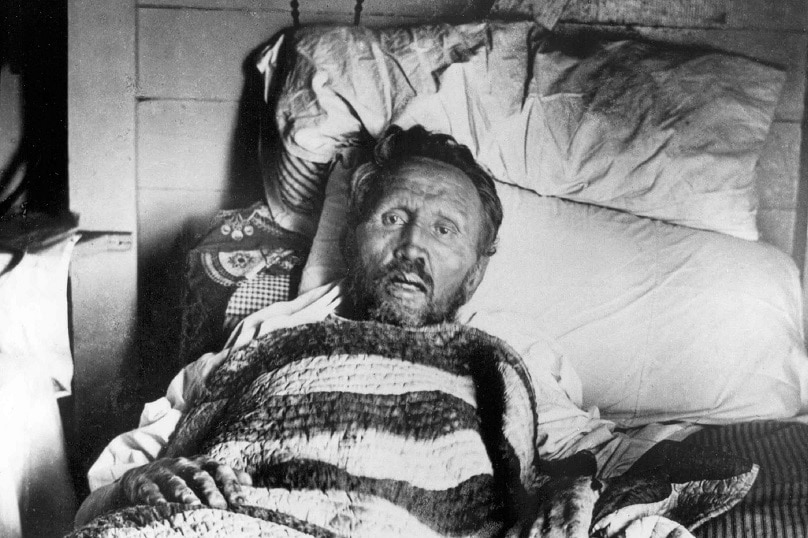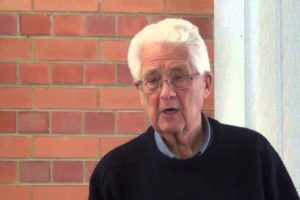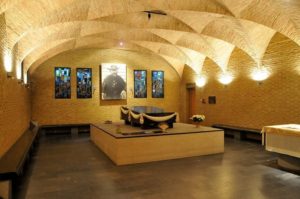
Every saint’s story reflects the life of Christ in one way or another; but the biography of St Damien of Molokai, whose feast day was May 10, is full of unusually striking parallels.
His sacrifice was entirely voluntary. After the Hawaiian government isolated its lepers on a peninsula to contain the disease, the Church realised that there was no one to tend to their spiritual needs. But the disease was so fearful and so contagious; the Bishop did not insist that any of his subordinates go there to serve. Young Fr Damien, a Belgian priest, willingly volunteered as a missionary, even though he was afraid. (The Son of God was utterly complete before the Incarnation. The birth, works, suffering, and death of Christ were all entirely voluntary, asked for by the Father and willingly accepted by the Son, even though He was afraid.)

He was a substitute for his brother. His brother, a member of the same religious order, was originally slated to travel to Molokai, but became sick; so Damien took his place. (Christ took on human flesh and suffered and died to pay the debt of humanity. He became our brother so that He could take our place.)
He tended to the body as well as the soul. St Damien’s mission was to preach and bring the sacraments, but he also cared for the lepers’ physical well-being, helping them upgrade their living quarters, organise schools, farms, a legal system, and even a choir. (Along with teaching, forgiving sins, conferring grace, and granting salvation for our souls, Christ healed the blind, made the lame walk, fed the multitudes, and even cooked a breakfast of fish for His friends, because even a mortal body is precious, and our physical needs are true needs.)
He didn’t keep himself apart, but lived his life alongside his spiritual children. Fr Damien didn’t isolate himself out of fear, disgust, or a sense of superiority, but lived with the lepers intimately, eating communal poi with his fingers, bathing corrupted limbs and dressing wounds. He clothed them with his own hands, shared their pipes, and dug their graves, until he finally died of the very same disease. (Christ did not save us from Heaven, but confined His immensity into a mortal human body, to live alongside the ones He came to save.)

His good works were not confined to his life span. When Fr Damien died, he left behind a community that was transformed. (Before He died, Christ established the Church, so that His work would continue after the Resurrection.)
He was slandered, accused of depravity and dirtiness; and even his own superiors gave him only faint praise, calling him a “peasant” who served God “in his own way.” (Christ was hounded by slander and abuse, culminating in a trial and execution full of insults and false accusations, which He bore without defending Himself.)
It’s a slightly touchy topic to compare any man to Christ, especially as modern historians have recently tried to correct some “white saviour” exaggerations in Fr Damien’s hagiography. Contemporaneous accounts of his life tended to paint the lepers as utter savages living in squalor, helpless until the beatific European man came to the rescue. That is not exactly what happened.

The lepers most certainly had been abandoned by their country, and were desperate for help from; but when Fr Damien first came to the peninsula, there was some existing structure to the community. His mission wasn’t to bestow salvation on them, but to help restore them to a life of dignity that they deserved as fellow human beings, by teaching them about Christ, by helping them to take care of themselves, and most of all by becoming one of them.
His holiness came not from a supernatural ability to appear from on high and single-handedly transform a people, but from a willingness to work and live alongside them. There is no better example of a Christlike life.
